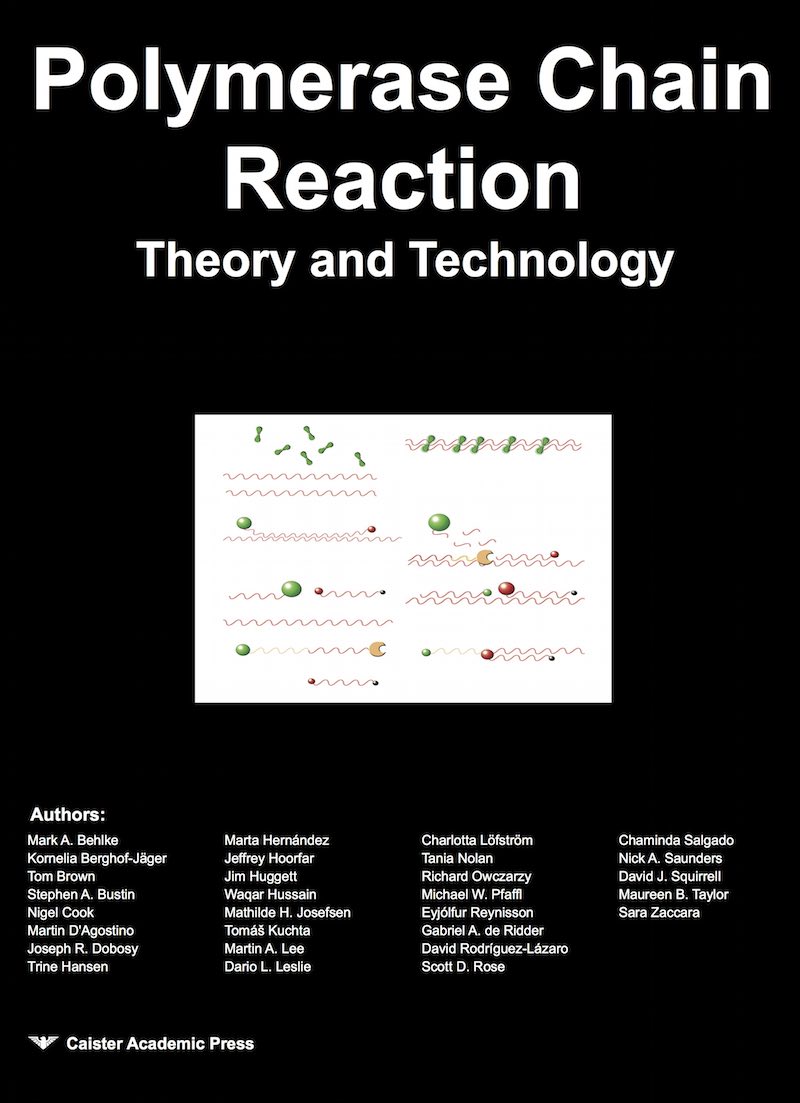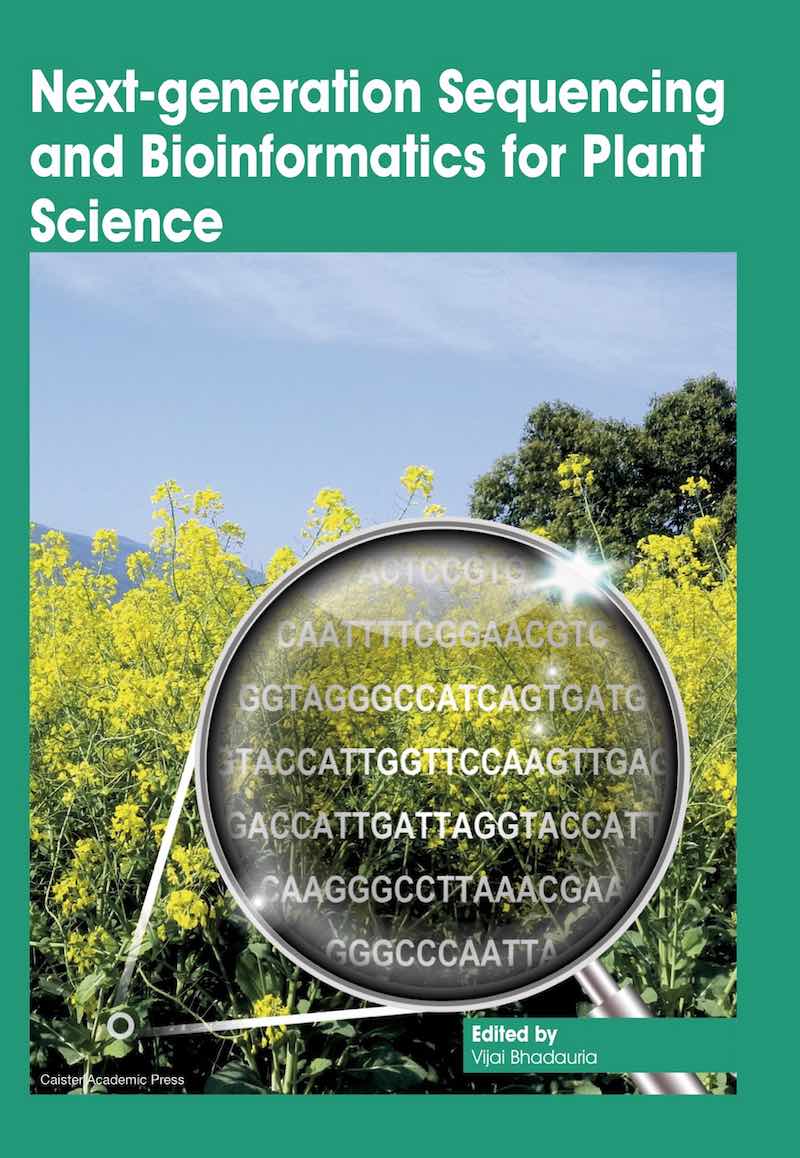Real-Time PCR for the Detection of Foodborne Pathogens
Recommended reading:
Climate Change and Microbial Ecology | Polymerase Chain Reaction | SUMOylation and Ubiquitination
Bacterial detection and control are two key aspects in food microbiology. Microbiological quality control programs are increasingly applied throughout food chain production in order to minimize the risk of infection for the consumer. Thus, the availability of reliable, rapid and accepted test systems to detect the presence or absence, or even the degree of contamination of pathogens, becomes increasingly important for the agricultural and food industry. Such systems would also find a place within the framework of legislative control measures. During the last 15 years, PCR has significantly contributed to this field (Rodríguez-Lázaro and Hernández, 2013).
The Detection of Foodborne Pathogens by PCR
Traditional and standardized analysis of food for the presence of microorganisms relies on the enrichment and isolation of presumptive colonies of bacteria on agar media, using approved diagnostic artificial media. This is generally followed by biochemical and/or serological identification. Traditional methods of detection, although reliable and efficient, require several days to weeks before results are produced. Furthermore, phenotypic properties by which the bacteria are identified may not be always expressed; and when expressed, they may be difficult to interpret and classify. Another disadvantage of traditional methods is that cells which are viable but otherwise non-culturable cannot be detected, e.g. some stressed Campylobacter spp. Thus, introduction of amplification techniques in microbial diagnostics has been established in research laboratories as a valuable alternative to traditional detection methods. The most extensively used amplification method is PCR, but other methods have also been developed such as NASBA, the Q-beta replicase amplification system and the ligase chain reaction (LCR), although until now, they have had limited practical relevance for food monitoring and control. Speed, excellent detection limit, selectivity, specificity, sensitivity and potential for automation are among the most important advantages of qPCR (Rodríguez-Lázaro and Hernández, 2013). These advantages compared to traditional detection methods might well encourage end-users to adopt amplification techniques in routine testing for foodborne pathogens.Rodríguez-Lázaro, D. and Hernández, M. (2013). Introduction to the Real-time PCR In Real-Time PCR in Food Science: Current Technology and Applications. D. Rodriguez-Lazaro, ed. (Norfolk, UK: Caister Academic Press). ISBN: 978-1-908230-15-7.
Further reading
- Real-Time PCR: Advanced Technologies and Applications
- Real-Time PCR in Food Science: Current Technology and Applications
- Quantitative Real-time PCR in Applied Microbiology
See also: Current PCR books



